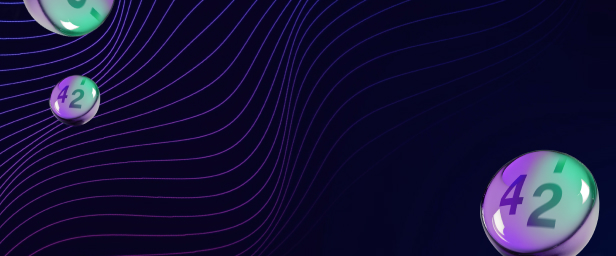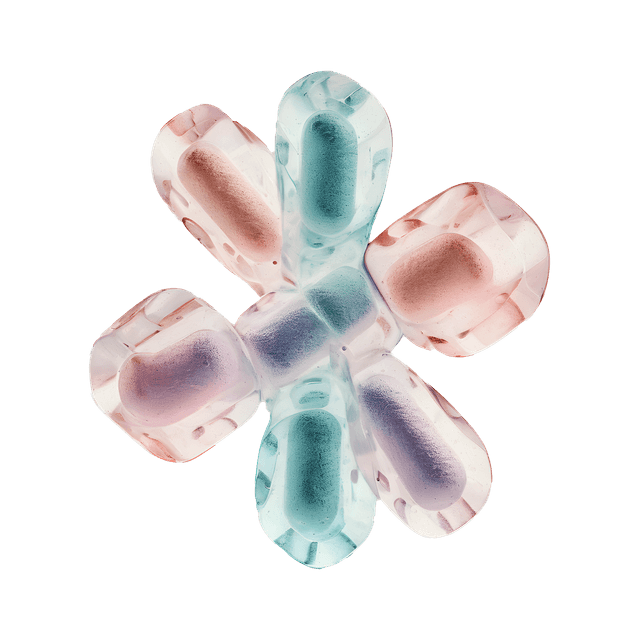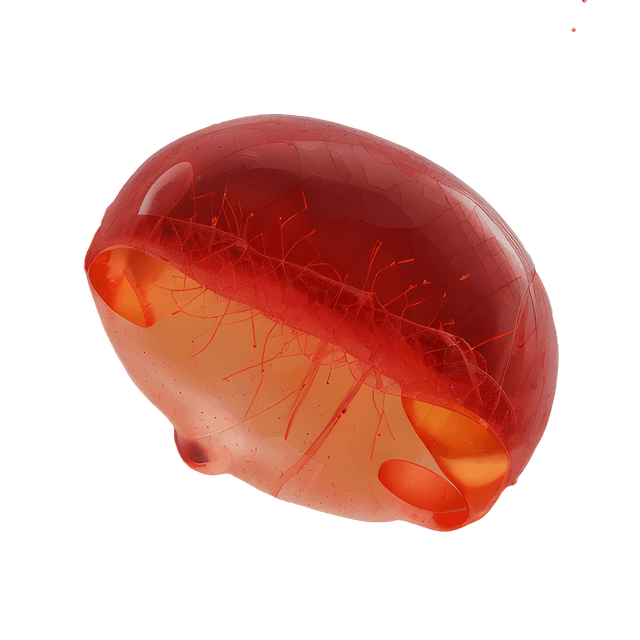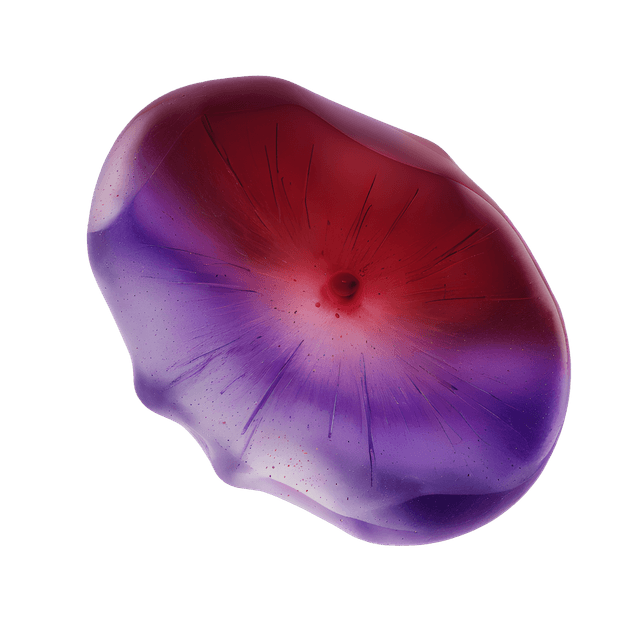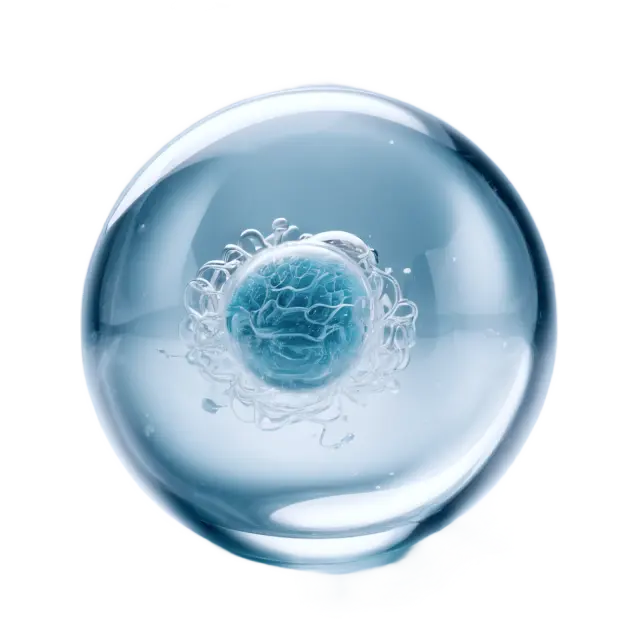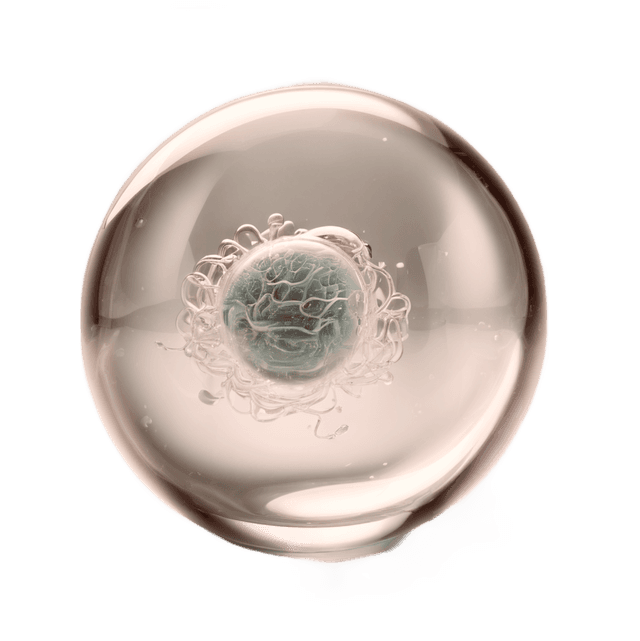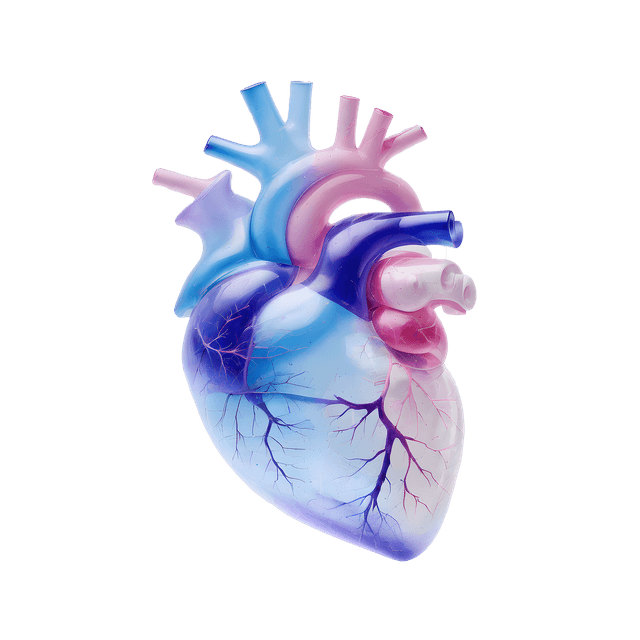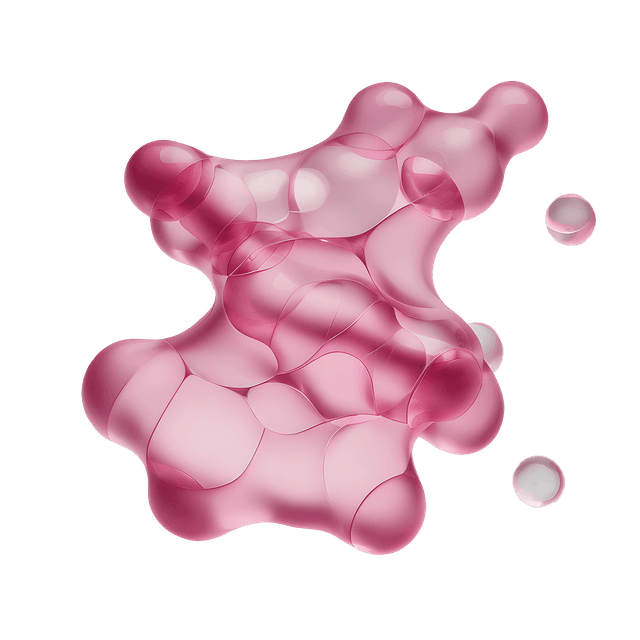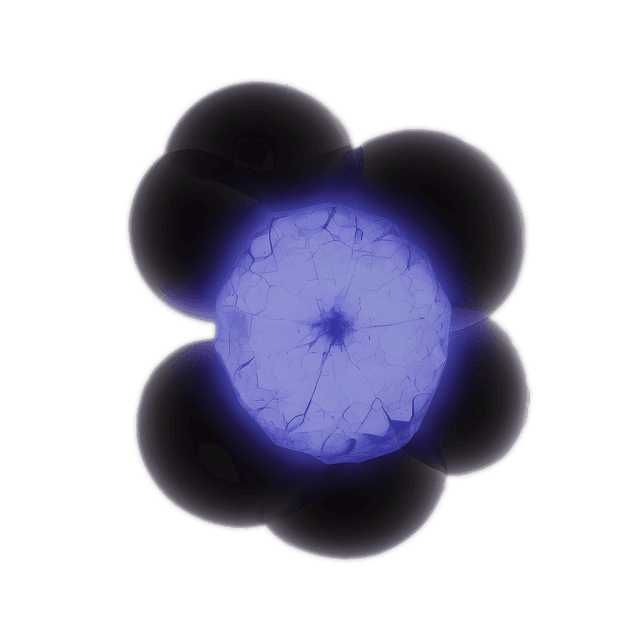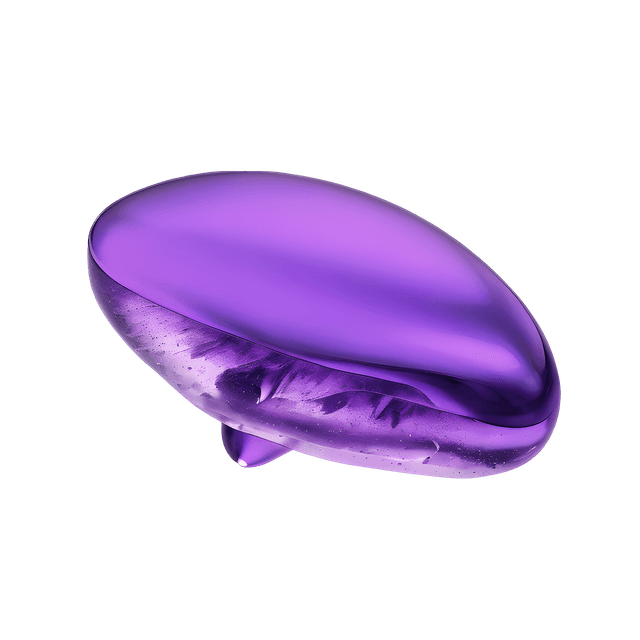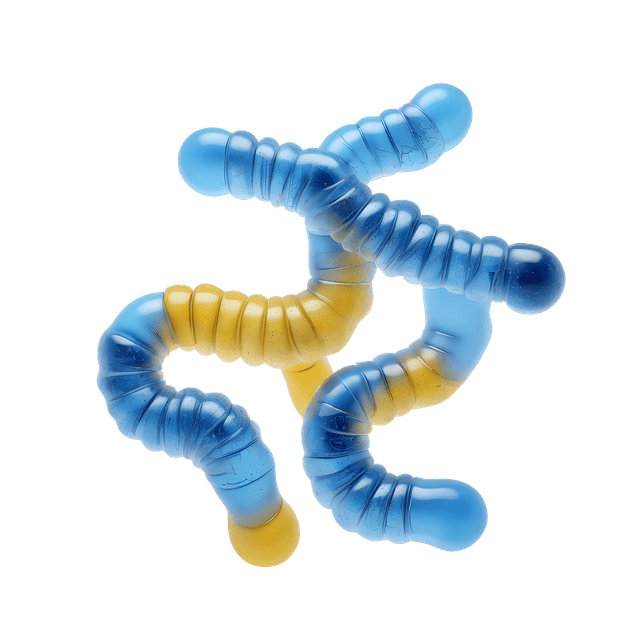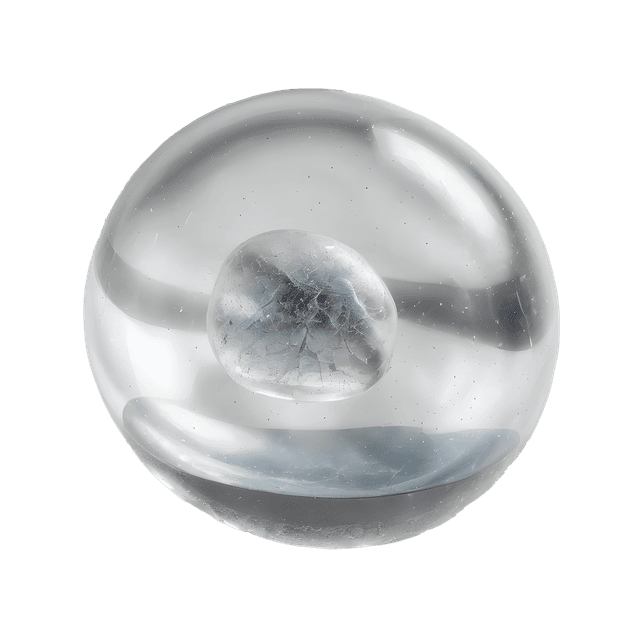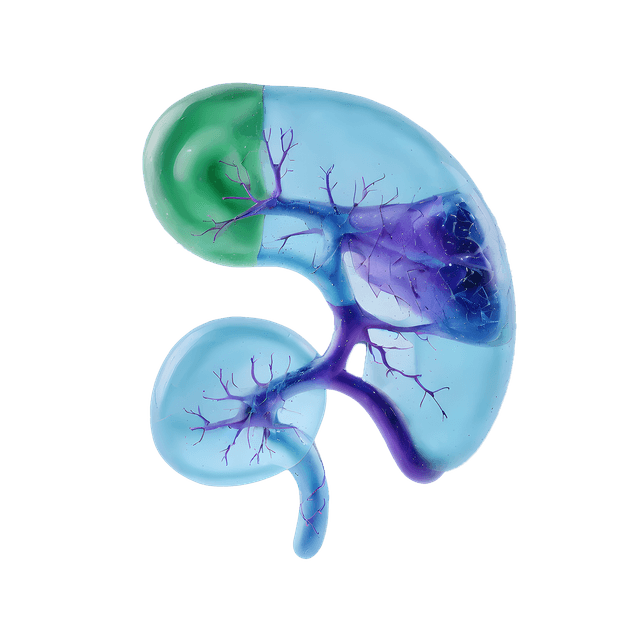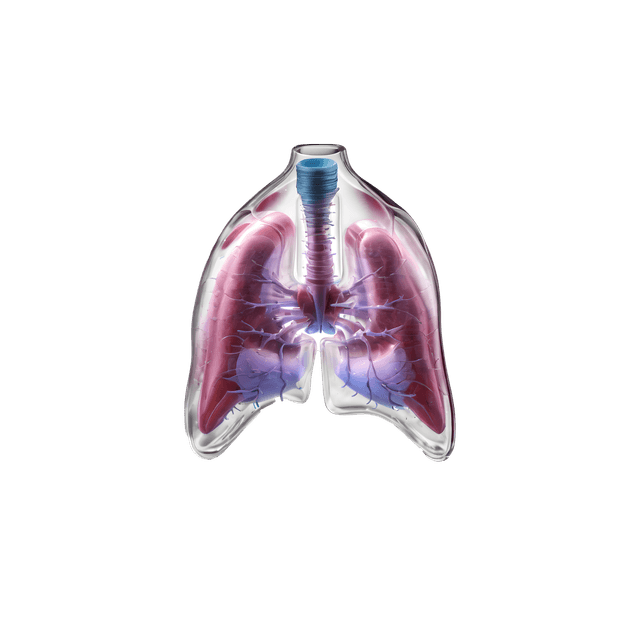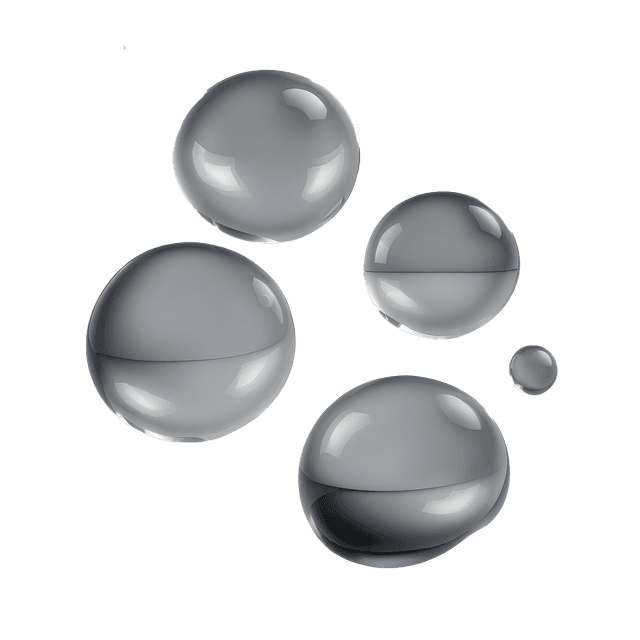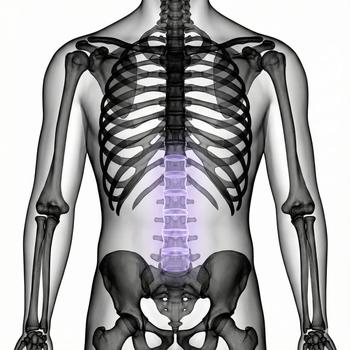Quick version
Complications such as numbness or weakness in the legs may be due to spinal stenosis, a condition in which the spinal canal has become narrow and is putting pressure on the nerves. It is common with increasing age and can cause symptoms such as numbness, weakness, heavy legs or difficulty walking long distances.
An MRI scan is the best way to see if the nerves are pinched. The earlier you get a diagnosis, the greater the chance that treatment will help – and that nerve damage will be avoided.
Spinal stenosis – a condition in which the spinal canal narrows
Spinal stenosis is a condition in which the spinal canal narrows, often as a result of age-related changes such as disc degeneration, thickened ligaments, or bone spurs. The condition is most common in the lower back and those affected are often over 50 years old, but it can also occur earlier in life – especially in people with previous back problems.
Some typical symptoms of spinal stenosis
When the nerves are pinched, the following problems and symptoms often occur:
- Numbness or tingling in the legs
- Weakness or clumsiness
- Pain that worsens when walking and is relieved when sitting
- Feeling that the legs are "giving way" or becoming heavy
Investigating symptoms at an early stage can make a big difference in reducing the risk of permanent nerve damage. Here you can read more about typical symptoms of spinal stenosis.
That's why an MRI is crucial
Many patients seek help in healthcare, but due to long waiting lists, they may find that it takes far too long before they receive the right diagnosis – especially if the symptoms are not considered urgent by a doctor. If you suspect you have spinal stenosis, a magnetic resonance imaging (MRI) of the lumbar spine or MRI of the whole back is the best way to assess whether the spinal cord or nerves are compressed.
An MRI can clearly show:
- Whether the spinal canal is compressed
- How extensive the compression is
- Which levels of the spine are affected
With a clear MRI result, you can get the right treatment faster – whether it involves physiotherapy, pain relief or, in some cases, surgery.

